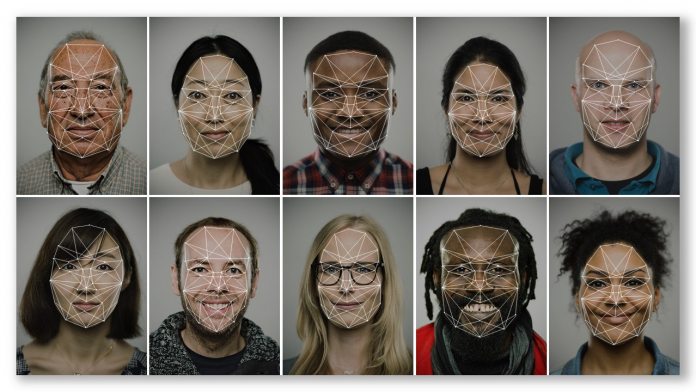Microsoft has unveiled a patent that represents a significant advancement in facial recognition technology. Building on its existing platforms like Windows Hello and Azure AI face service, the company aims to redefine how images are grouped and ranked based on the people depicted in them. As Windows Report points out, this technology not only identifies individuals in photographs but also organizes these images by recognizing and analyzing the relationships between the subjects, such as family and friends connections.
Enhancing User Experience Through Intelligent Image Ranking
The core of Microsoft's new technology lies in its sophisticated ranking engine. This system is designed to categorize images into groupings that feature the same individual or groups of people. Beyond mere grouping, the engine assigns rankings to these collections, prioritizing them based on various factors including the number of people in the image and their relationships to each other. For instance, images containing larger groups of identified friends or family members are given higher prominence. This approach promises to streamline the way users manage and interact with their digital photo collections, potentially integrating with platforms like OneDrive, which already features AI-based search tools.
Responsible Use and Future Applications
Microsoft emphasizes the responsible deployment of its facial recognition technology. Users of the Azure AI face service, for instance, are required to agree not to use the service for or on behalf of police departments in the United States. They must also review and adhere to Microsoft's Responsible AI documentation. This commitment to ethical guidelines underscores the company's cautious approach to deploying powerful AI tools in sensitive areas.
The potential applications for Microsoft's facial recognition technology are vast. Beyond personal photo organization, this technology could enhance security systems, streamline identity verification processes, and offer new ways for businesses to engage with customers.
As Microsoft continues to develop and refine its facial recognition capabilities, the tech industry watches closely to see how these innovations will shape the future of digital interaction and privacy. In 2022, the company said it will not use facial recognition technology that can detect emotions.






